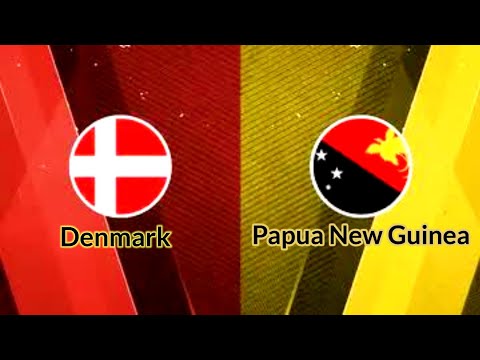Denmark vs Papua New Guinea: A Detailed Comparison

Introduction
Denmark and Papua New Guinea (PNG) are countries that stand in stark contrast to each other, both geographically and culturally. Denmark, located in Northern Europe, is known for its high standard of living, strong welfare system, and a robust economy. In contrast, Papua New Guinea, situated in Oceania, has a diverse culture but faces challenges such as economic development and infrastructure. Understanding these differences is crucial for insights into global diversity.
Geographical Overview
Denmark is a Scandinavian nation comprising the Jutland Peninsula and several islands, known for its flat terrain and extensive coastlines. The weather is temperate, experiencing cold winters and mild summers. On the other hand, Papua New Guinea is an archipelago in the southwestern Pacific Ocean, characterized by mountainous terrain and tropical rainforests. Its climate is generally warm, although it does face heavy rainfall in certain regions.
Cultural Differences
The cultural fabric of Denmark is rooted in Nordic traditions, characterized by a focus on egalitarianism, sustainability, and community welfare. Danish society places a strong emphasis on education and healthcare, contributing to high happiness rankings globally. Conversely, Papua New Guinea is home to over 800 indigenous languages and numerous ethnic groups, leading to a rich tapestry of cultures and traditions but also hampering national unity at times. Festivals, tribal ceremonies, and art forms play a crucial role in PNG’s cultural identity.
Economy
Denmark boasts a highly developed economy, often ranking among the top in terms of GDP per capita. Its sectors include manufacturing, information technology, and renewable energy. Denmark’s approach to economy also prioritizes sustainability and green technologies, making it a leader in wind energy. Papua New Guinea, meanwhile, has an economy that relies heavily on agriculture, mining, and fishing. However, it faces significant challenges, such as reliance on the export of a few primary commodities and issues related to corruption and political instability.
Current Events and Developments
Recently, Denmark has focused on digital innovation and climate policies, showcasing its commitment to sustainability on a global scale. In contrast, Papua New Guinea has been working towards enhancing its infrastructure and healthcare systems but still struggles with basic needs in rural areas due to ongoing logistical challenges.
Conclusion
The comparison between Denmark and Papua New Guinea highlights not just the geographical and cultural differences, but also their unique developmental paths. While Denmark enjoys a high standard of living and robust governance, Papua New Guinea’s rich cultural diversity and picturesque landscapes hold immense potential for growth. Moving forward, understanding the strengths and challenges of each country can foster better international relations and collaborative opportunities.









